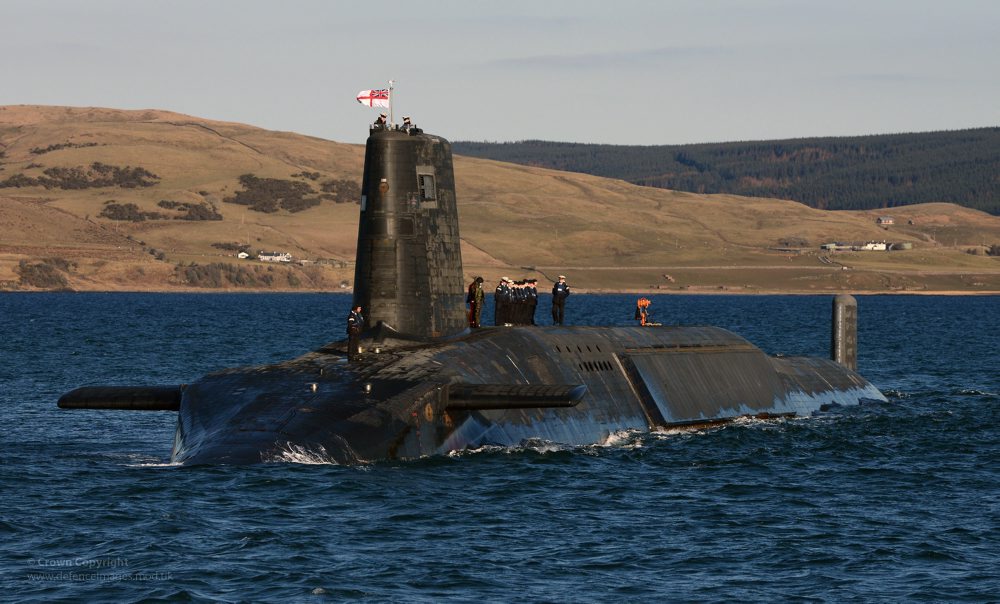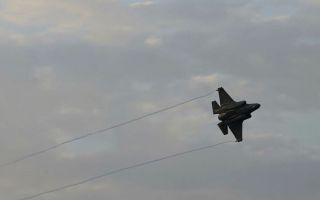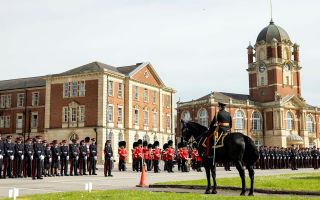
Tri-Service
SDSR: The Hangover

In the days and weeks building up to the Strategic Defence and Security Review, the government was very keen to show the public that this time, the Armed Forces had got a 'good deal'.
The last major review of UK defence strategy and spending took place five years ago. Announced by the Conservative-Liberal Democrat coalition government of the time, it will not be remembered fondly by those in the military world.
With the government having pledged to reduce the UK's deficit, it saw a 7.7% real-terms reduction in the Ministry of Defence's budget over four years.
This year, however, it's a different story. The UK's equipment budget has been increased, with an extra £1.9bn to be spent on cyber security and 1,900 new spies for the security services. There'll be more F-35s and a new fleet of maritime patrol aircraft.
So what's the catch?
Here's the elements of 2015's SDSR those in the military world won't be so happy about:
Personnel:
In 2010 the Armed Forces lost 17,000 personnel. Those cuts are not, in any significant way, being reversed.
The Royal Navy, already struggling with recruitment in certain areas, wanted 2,000 extra sailors to man the two Queen Elizabeth-class aircraft carriers currently under construction. It'll get 400.
The only other manpower increase will be in RAF personnel. They'll be based at RAF Lossiemouth, the home of the new maritime patrol fleet announced in the SDSR.
It'll be made up of nine aircraft - the RAF wanted 12.
The MoD says 200 additional personnel will be on-site at Lossiemouth by 2020, with that figure set to eventually double in the years following.
Manpower is the military's most important asset - every bit as important as the kit - and many will see the failure to boost it as a significant drawback in the SDSR.
Shipbuilding
Only eight Type 26 Frigates will be built, instead of the 13 originally planned. The government say this is enough to provide adequate protection for the Queen Elizabeth-class carriers.
It will also allow for the building of up to five of a new class of light, general purpose frigate, along with freeing up money for the additional 400 Royal Navy personnel.
More cuts?
£11 billion of 'efficiency savings' are also to be made. Details are to be announced later in the week but are expected to include land sell-offs and thousands of civilian redundancies within the Ministry of Defence.
It's believed the figures could amount to up to 30% of built estate being sold off, with the same percentage of civil servants being cut. Many will be asking whether these 'savings' will have an effect on the Forces in theatre.
Trident's costs spiral
And where will the money go? Here's one possibility...
The Prime Minister made a huge revelation during his announcement - that the cost of replacing the Trident nuclear submarines could rise to £41 billion.
That’s £15 billion more than expected.
The Ministry of Defence is now estimating that acquiring four new submarines will cost £31 billion over the course of 20 years, a figure that’s up £6 billion from an original prediction of £25 billion. And a further £10 billion will put aside to meet additional unexpected cost increases.
And that'll surely just add further fuel to the fire of those who argue that Britain no longer need a continuous at-sea deterrent.
So it's not an open-and-shut case by any matter - questions have been answered, but more have been raised at the same time.
What do you think about the SDSR? Let us know below.









